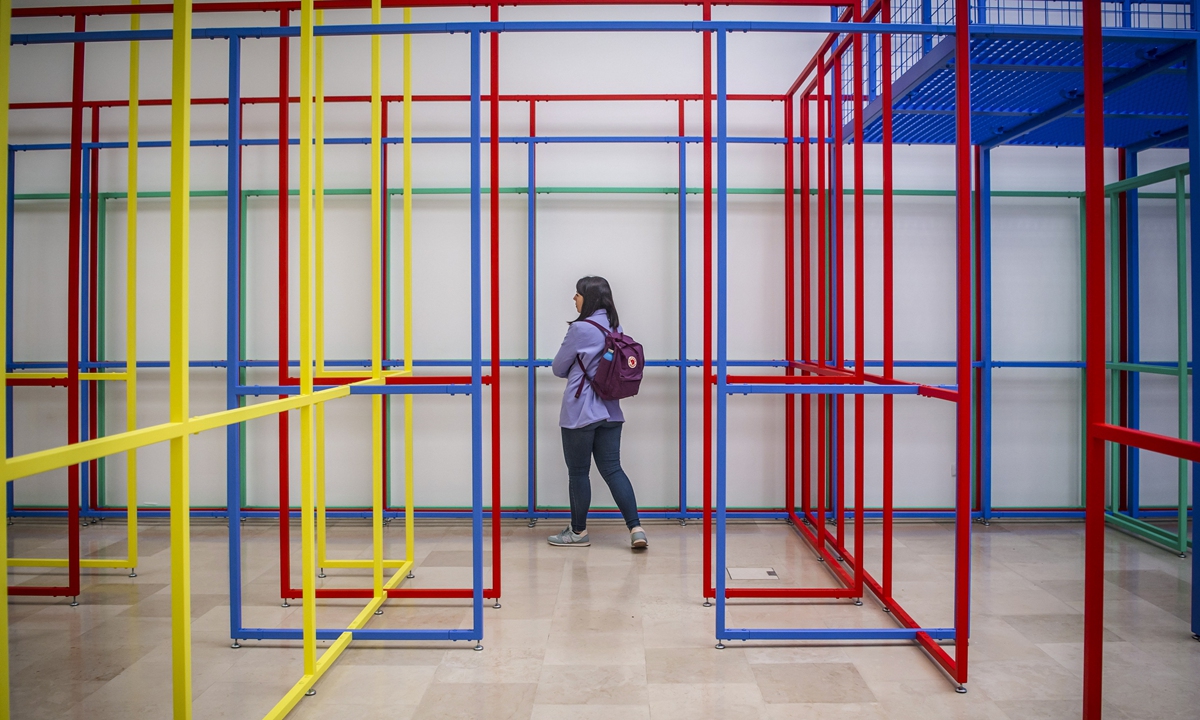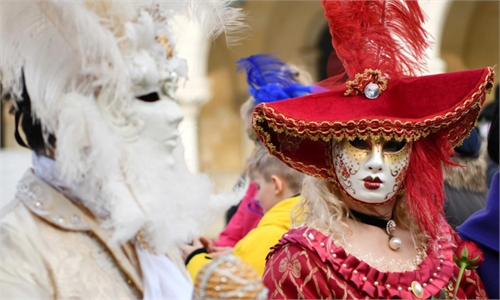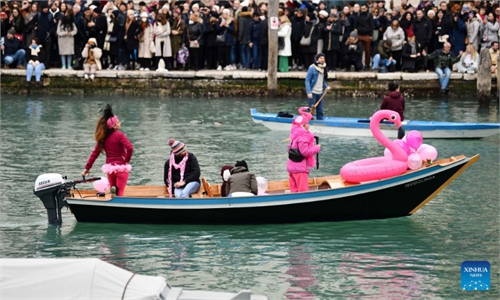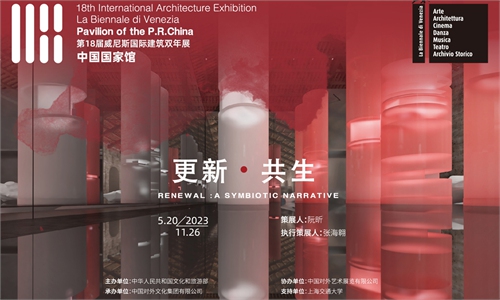ARTS / CULTURE & LEISURE
Pavilion of China opens at 2023 Venice Biennale

Photo: IC
An opening event, Renewal: A Symbiotic Narrative, dedicated to the Chinese pavilion at the 18th International Architecture Exhibition (IIAE), was launched in Venice, Italy on Monday.
Ruan Xing, the pavilion's curator, walked audiences through its three chapters of stories addressing key topics such as "livable and renewal: Shanghai story" and the "future and natural revitalization."
The pavilion's exhibition narrative revolves around "Shanghai," yet the mega city is only an "epitome," Ruan told the Global Times, reflecting China's urban development over more than 40 years of time.
Starting from China's reform and opening-up in 1978, the country's development exploded, achieving a high rate of urbanization and large-scale construction. This record, which took Western countries a much longer time to fulfill, stunned the world, allowing it to see China's modern power, Su Dan, an expert on the Assessment Committee for the pavilion's design, told the Global Times.
Shanghai is a city that encompasses both new buildings and the remains of industrial factories. Designer Liu Yichun has brought his modern industrial coal pier project to the IAE event to show that besides "rapid development," "sustainability" is even more important for China's urbanization.
"The pavilion endeavors to tell a unique Chinese story through the lenses of city, nature and people in our changing living environment," said Ruan, who is also the director of the School of Design at Shanghai Jiao Tong University.
For visitors who can't make it to Venice, the shows at the Chinese pavilion are also being uploaded online.
China joined the IAE, which is also known as the Biennale Architettura, in 2005. The IAE, which embraces the world's top-notch arts and architecture designs, has given China a platform to display its "unique wisdom on globally shared topics," sociologist Chu Xin told the Global Times.
At the 17th IAE, China brought the traditional "courtyard," known as yuan er in Chinese, to Europe.
"Traditional courtyard is rooted in Chinese folk culture and is also a mirror reflecting Chinese interpretations of people-to-people relationships. It can still illuminate today's designs," Zhai Fei, an architecture designer, told the Global Times.



